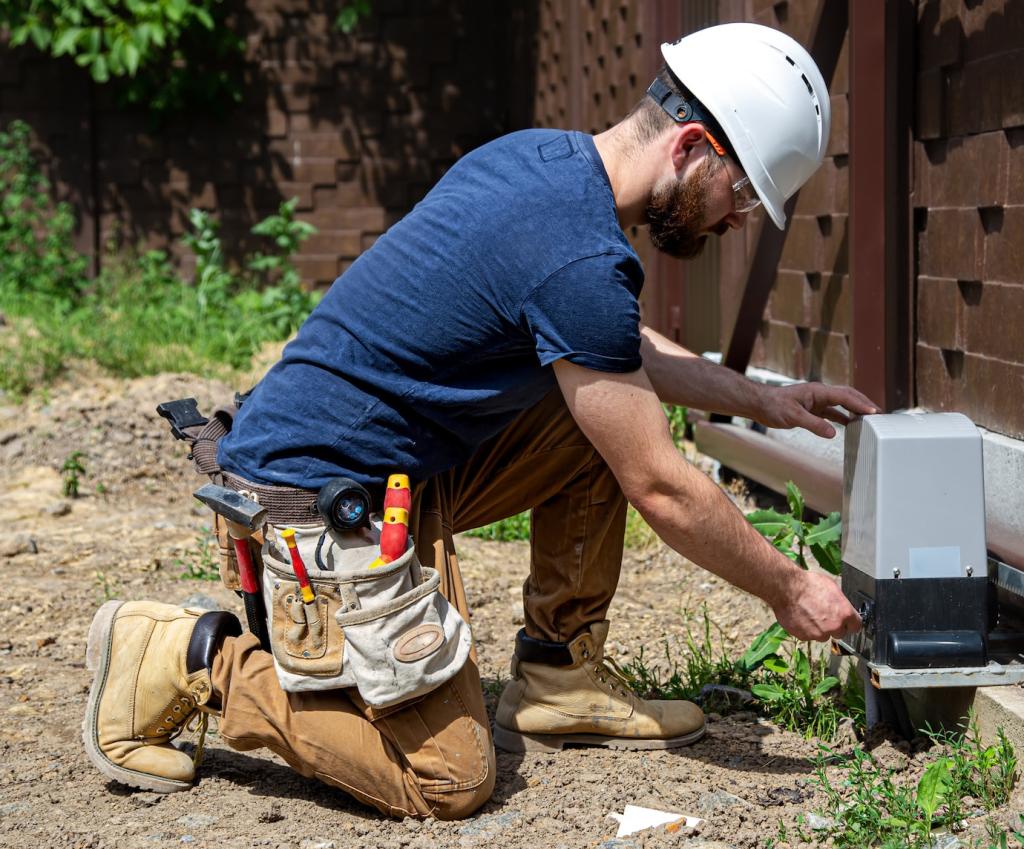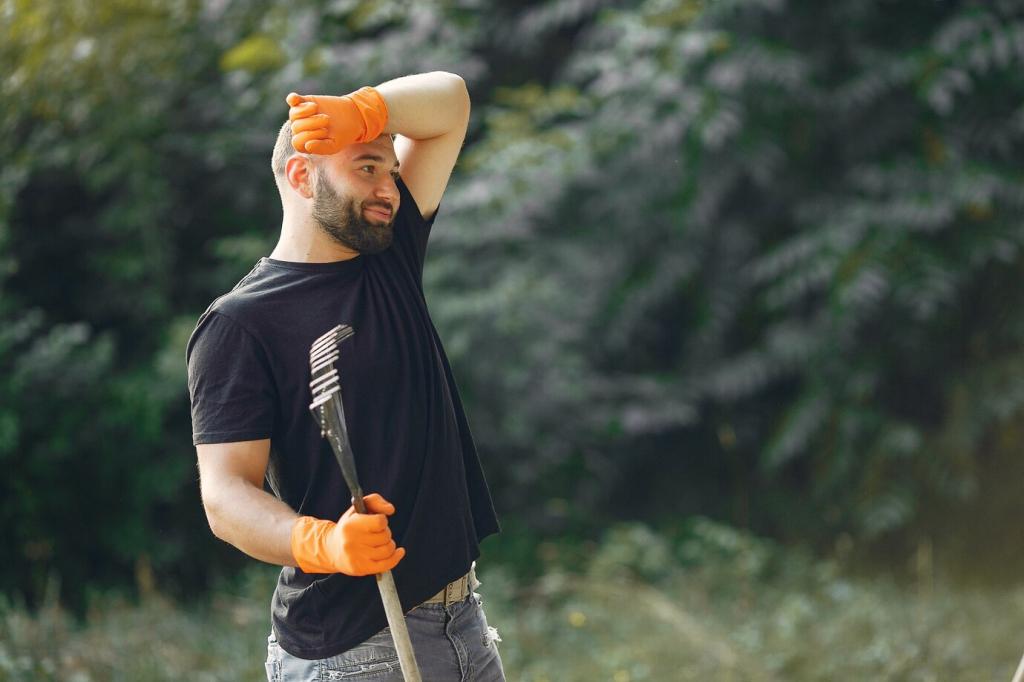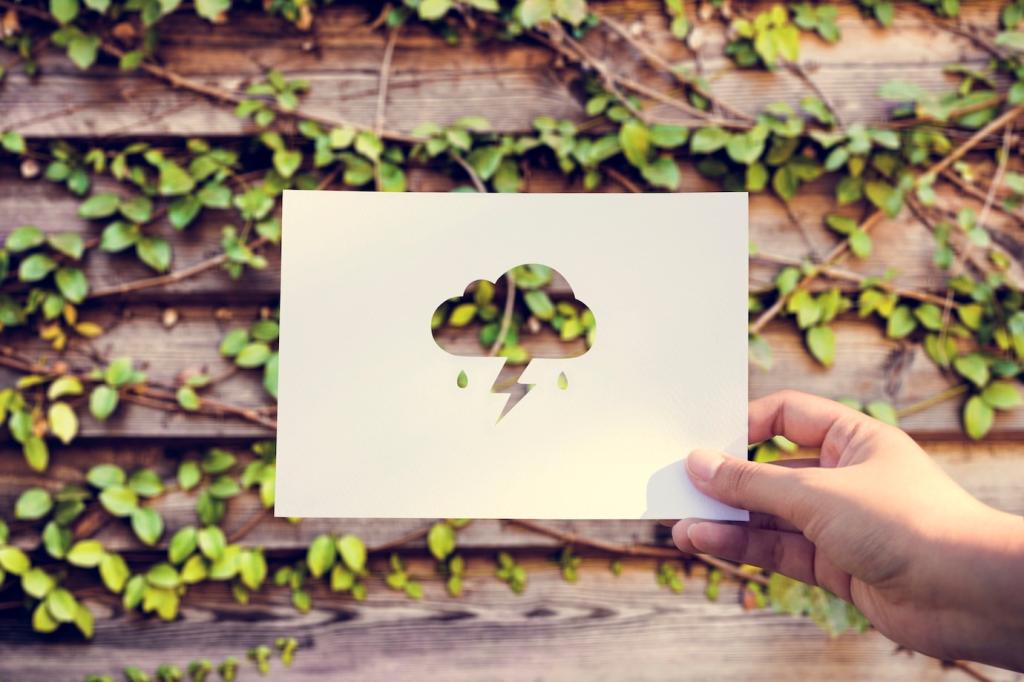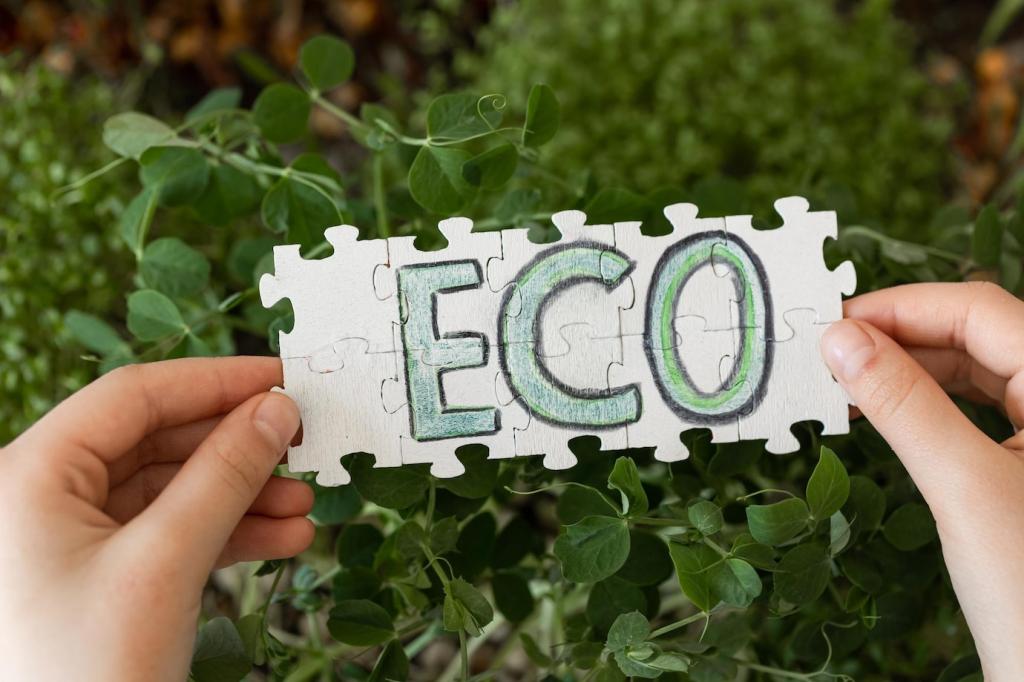
Sustainable Upholstery Cleaner Solutions: Fresh Fabrics, Greener Homes
Chosen theme: Sustainable Upholstery Cleaner Solutions. Welcome to a kinder way to care for sofas, chairs, and cushions—where clean fabrics meet clean air, low waste, and thoughtful, planet-first habits. Dive in, try a tip, and tell us what works in your living room.
Why Sustainable Upholstery Cleaning Matters
Many conventional upholstery cleaners rely on petrochemical solvents, persistent polymers, and heavy fragrances that add pollution during production and disposal. Packaging can be excessive, and residues can wash into waterways. Small switches—concentrates, refills, and biodegradable ingredients—significantly reduce waste while keeping your fabrics fresh and family-friendly.

Why Sustainable Upholstery Cleaning Matters
Your couch sits at the center of life: naps, movie nights, and toddler gymnastics. Products high in volatile organic compounds can linger, irritating sensitive lungs and noses. Choosing low-VOC, fragrance-free, plant-based formulas supports cleaner indoor air. Pair that with regular HEPA vacuuming and you’ll breathe easier on every cushion.

Saponins, Citrus Terpenes, and How They Lift Soil
Natural saponins from plants like soapwort, along with citrus terpenes such as d-limonene, help break up oily soils on upholstery. They emulsify grime so it lifts with a cloth, reducing the need for harsh solvents. Always spot test, as some dyes can be sensitive to citrus strength or prolonged dwell times.

Alcohol Alternatives: Sugar Surfactants in Action
Alkyl polyglucosides—biodegradable surfactants derived from sugars and plant oils—clean effectively with minimal irritation. Diluted properly, they loosen body oils without leaving sticky residues. They’re a strong choice for routine upholstery maintenance where gentleness matters. Keep solutions mild, use a microfiber cloth, and rinse lightly to support fabric integrity and comfort.

What to Avoid: PFAS, Optical Brighteners, and Over-Fragrancing
Steer clear of stain-proofing coatings with PFAS, which resist breakdown and can persist in the environment. Optical brighteners may mask discoloration rather than remove soil, confusing your results. Heavy fragrances can irritate, especially in small spaces. Look for short ingredient lists, clear labeling, and third-party certifications whenever possible.
DIY Recipes You Can Trust
Gentle Everyday Fabric Refresh Spray
In a reusable sprayer, combine 500 ml distilled water with 4–6 drops of unscented castile soap. Lightly mist upholstery from a distance, then wipe with a clean, damp microfiber cloth. This quick routine minimizes residue, controls dust, and avoids heavy perfumes. Spot test first, and avoid oversaturating delicate textiles.
Stain-Lift Paste for Linen and Cotton
Mix a spoonful of baking soda with warm distilled water to form a soft paste. Apply to fresh food or drink stains, let dwell for ten minutes, then blot gently with a damp microfiber cloth. Follow with a splash of club soda, blot again, and air dry. Always test dyes before use.
Wool and Velvet Care Without Drama
For wool blends, use cool water and a tiny amount of pH-neutral soap, blotting carefully to avoid distortion. Velvet appreciates minimal moisture: lift nap with a soft brush, then use very light steam from several inches away. Blot any condensation immediately, and never press hard, which can flatten pile or cause marks.
Tools and Techniques for Low-Impact Cleaning
The Magic of Microfiber and Mechanical Action
High-quality microfiber cloths trap fine particles thanks to split fibers, allowing you to clean effectively with minimal detergent. Dampen slightly for better grab, and fold into quarters for fresh surfaces as you work. Wash without fabric softeners to maintain performance, and line dry to extend lifespan and reduce energy use.
Smart Spotting: Blot, Don’t Rub
Rubbing drives stains deeper and can etch fibers. Instead, place a clean cloth over the mark, then apply gentle pressure to lift soil upward. Work from the outer edge inward to avoid halos. Refresh your cloth frequently, and keep movements slow and patient for the best sustainable upholstery cleaner solutions results.
Water Conservation with Steam and Targeted Spritzing
A handheld steamer can loosen grime with short bursts of vapor, reducing liquid use. Keep the nozzle a few inches away, especially on delicate weaves and glued components. Alternatively, targeted spritzing delivers moisture only where needed. Ventilate as you work, and avoid over-wetting cushions to prevent slow drying and odor.


Real-Home Story: Saving a Sofa from a Party Spill
During a lively birthday toast, a glass tipped and crimson wine bloomed across the armrest. Instinct screamed, reach for bleach. Experience whispered, breathe first. We grabbed two microfiber cloths, club soda, and our mild soap spritz. No panic, no perfumes—just calm steps to protect the fabric and the air.
Real-Home Story: Saving a Sofa from a Party Spill
We blotted immediately with a dry cloth, then sparingly added club soda. A brief dwell, more blotting, and a tiny dab of diluted castile soap lifted the remaining pink haze. After a quick pass with distant steam, fibers relaxed and color returned. Minimal product, minimal waste, and absolutely no harsh fumes.




Community and Next Steps
Tell us how you removed that mysterious couch mark or tackled a muddy paw print with minimal product. Post your ingredient lists, fabric types, and results. Your stories guide future experiments and help readers discover sustainable upholstery cleaner solutions that fit real homes, busy schedules, and diverse materials.
Community and Next Steps
Join our newsletter for monthly deep dives into safe solvents, surfactants, and fibers, plus printable checklists for quick weekend refreshes. Expect myth-busting, packaging reduction ideas, and gentle routines tested on real sofas. Subscribe today to keep sustainable upholstery cleaner solutions tips landing right where you lounge.
